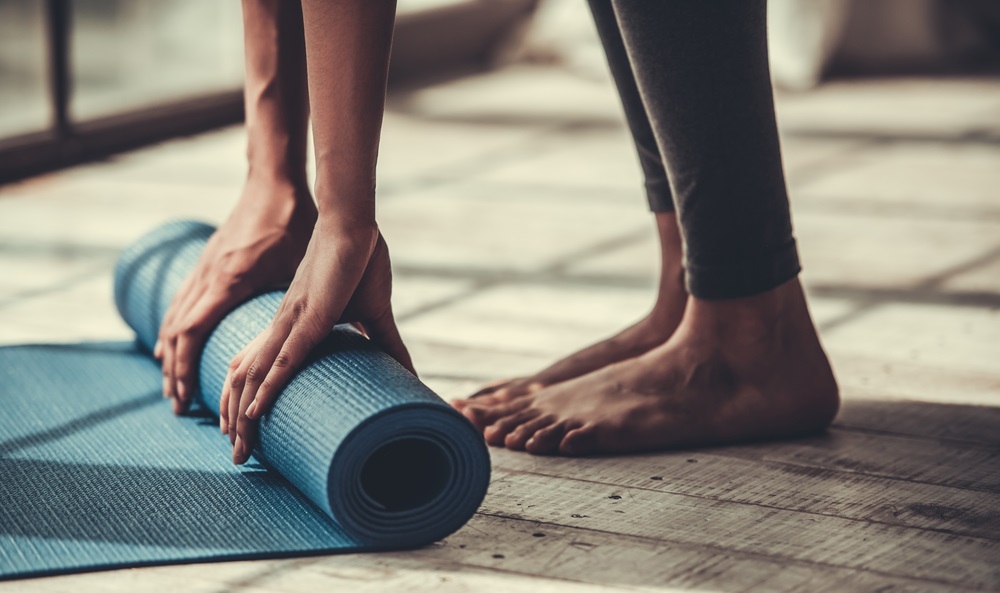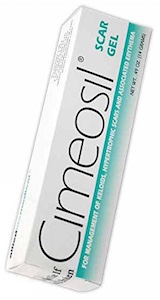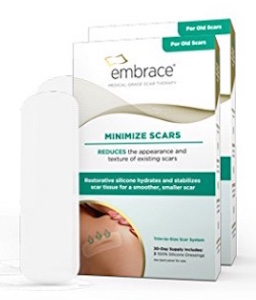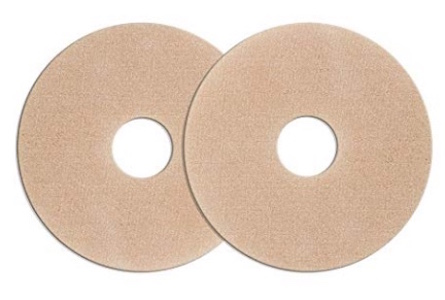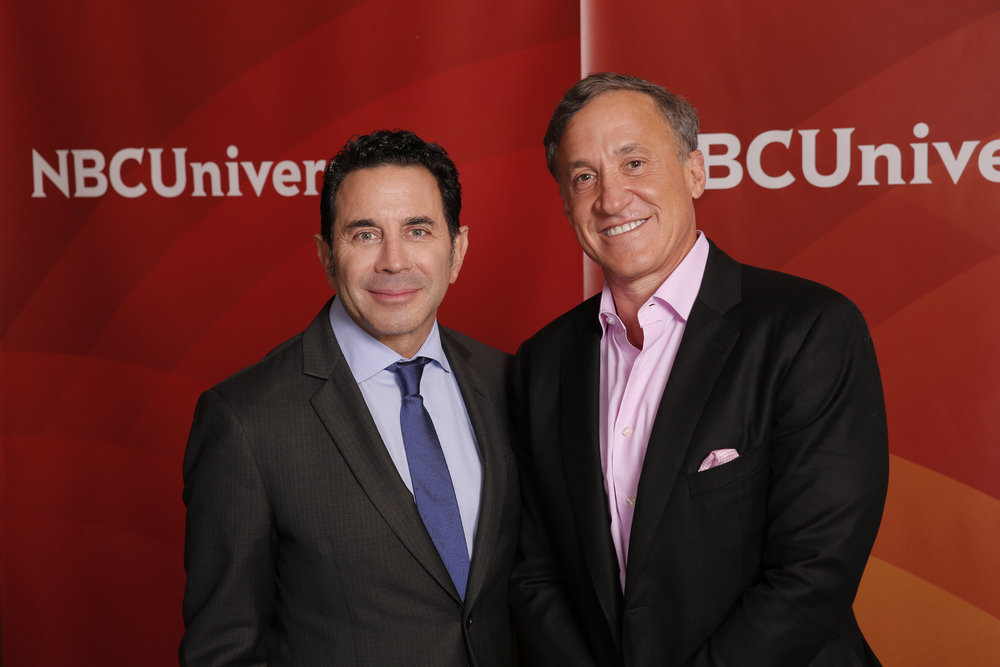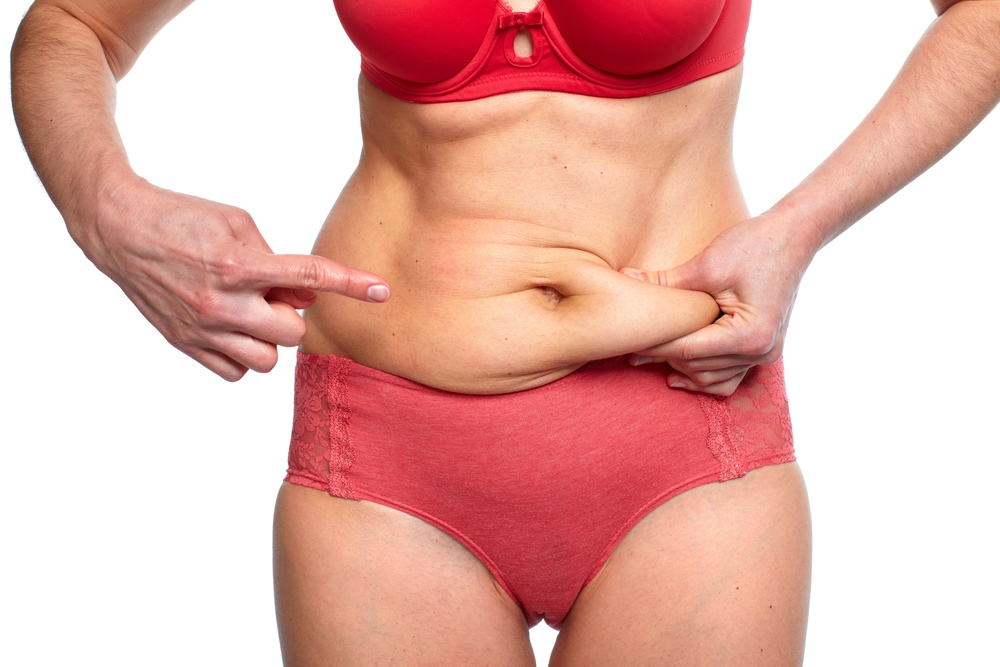- The right exercise at the right time can help post-surgery recovery.
- Be careful about how and when you exercise, even after procedures as non-invasive as Botox.
- Fat-blasting procedures are only part of solution: learn what you need to do to keep looking your best.
Although doctors highly recommend that patients slowly ease into their exercise routine after undergoing cosmetic procedures, they also acknowledge that exercise can help to speed up the healing process and improve surgical outcomes.
Procedures such as abdominoplasty and liposuction take a toll on the body’s core, making exercise difficult during recovery. Breast procedures come with their own set of post-operative recommendations, as does facial rejuvenation surgery.
Even more localized or comparatively minor procedures, such as fillers and Botox, may limit your ability to perform certain activities over a short period of time.
In this article, we explain what types of exercise can help you during your recovery process and which activities should be avoided.
A friendly PSA about post-surgery exercise
There are a few general guidelines that apply to any post-operative exercise plan. Keep them in mind that as you read the more specific recommendations listed further below.
- Play it cool for 48 hours. Whether you’re getting some heavy-duty liposuction or you’re only in for a brow-lift, take it easy for a couple of days.
- Ease into it. No matter how good you think you feel, start slow. As you reacquaint yourself with your favorite routines, you can start ramping up your efforts.
- Listen to your body. Exercise might make you huff and puff or even “feel the burn,” but it should never be outright painful. If you feel acute pain or discomfort, particularly on or around the surgical site, stop your workout immediately.
- Listen to your doctor. Every surgery is unique, and people heal at different rates. Your doctor can offer exercise tips that are specific to your procedure and body type.
Exercising after tummy tuck surgery: Take it slow
A tummy tuck, or abdominoplasty, involves removing excess fat and skin from your abdomen below the belly button. In doing so, the surgeon tightens the connective tissue in that area and recenters your belly button. The result is a flatter, smoother tummy.
While it may take some time before your body is ready for rigorous exercise, developing and easing into an effective exercise regimen is essential. The right amount of movement at the right time will aid in the recovery process. More importantly, a healthy and consistent exercise routine will help you enhance and maintain your new look.
Basically, it’s all well and good to cut out fat, but that won’t stop it from coming back. Keeping the fat at bay is up to you.
Shortly after surgery: sit, stand, walk
There are a few things you can do shortly after surgery to prevent some surgical complications and promote a smooth recovery. You will be bed-bound for some time after your tummy tuck. Exactly how long you should remain immobile is between you and your doctor.
However, you’ll soon be instructed to practice standing. This may not sound like much in the way of “exercise,” but it is essential for stimulating circulation and preventing blood clots. It will also help you work weakened muscle groups.
When you stand for the first time, make sure that you have someone present, be they your medical professional or a loved one. Start by lifting yourself into a sitting position. Then slowly get out of bed. Attempt this multiple times and listen to your body before you go forward. Remember not to work your core. Rely on your arms and legs to support you.
Next, it’s time to start walking. No, we don’t mean a brisk walk outdoors — just shuffle a few feet or take short walks around the house. Your first walk will likely be to the bathroom. Again, have someone present before attempting this for the first time. Go as slow as you need to and support yourself using walls.
Walking will feel uncomfortable, and it’s tempting to stay in bed until you feel better. The truth is that you won’t feel better if you don’t start working your muscles to get your blood flowing. Like standing, walking will improve circulation, prevent blood clots, and reduce swelling.
Finally, and only if you get approval from your doctor, attempt some very light stretching. Do not engage in any stretching that works your abs. Simply stretch your arms, legs, neck, and shoulders while in bed.
Post-abdominoplasty exercise timeline
A little shuffling and some rigorous standing is all well and good, but when can you get back to the fun stuff? It will take some time, and you’ll be tempted to push your limits every step of the way — especially if you’re an active person. However, taking it slow for a few weeks is crucial to avoid potential trauma to your healing body.
- First three week
You should only be walking. Start with the aforementioned post-surgery shuffle. Then work your way up to walking around the house. Avoid walking at a pace that will get your heart-rate up or cause sweating. Be mindful that you may still have drainage tubes and sutures from the surgery.
- Four week mark
Now the fun begins — well, sort of. The National Institutes of Health recommends avoiding any kind of rigorous exercise until four weeks have passed. However, that doesn’t mean that you’re ready to run a marathon. Stick to light cardio like brisk walking, cycling, and the using the elliptical.
- Six to eight weeks
With your doctor’s blessing, you can resume most normal exercise. However, you’ll likely still need to avoid anything that specifically targets the abdomen, like crunches, sit-ups, and weightlifting. Experts differ on when these tummy toning exercises can resume. Some say ten weeks is the golden number, while others suggest waiting as long as six months.
Take your time, but don’t delay. A consistent and effective exercise routine will keep that tummy tuck looking its best.
Essential exercise after liposuction
Liposuction can be performed on different parts of the body. However, it is most commonly done in the midsection area, and acts as a fast track to a flatter tummy. During a liposuction procedure, a surgeon literally sucks the fat cells from your body. No excess skin is removed.
Neither liposuction nor abdominoplasty should be seen as miracle cures for excess fat. Since liposuction removes whole fat cells, it may prevent fat from appearing in certain areas of the body. However, it won’t prevent fat from reappearing in non-treated areas. This redistributed “compensatory” fat, can be unhealthy. Developing an exercise routine to keep it at bay is important.
As for easing back into movement and exercise, liposuction targeting the abdomen is similar to a tummy tuck. You’ll want to gradually start moving around early on to promote circulation and prevent blood clots (more on that topic below).
Post-lipo exercise timeline
The timeline for getting back into action varies widely depending on the locations and amount of liposuction performed. However, your typical abdominal liposuction will come with the following guidelines.
- First two weeks
This is pretty much the same as the tummy tuck. Stick to light walking and standing.
- Three week mark
You can begin light cardio, such as cycling, using an elliptical, and brisk walks.
- Five week mark
If you’ve been engaging in light cardio for a couple of weeks, it’s time to add in more rigorous activities. Jogging is a great way to ease into a workout routine. With your doctor’s approval, you may also be able to start abdominal exercises like weight lifting.
Risks of swelling
It is important to note that in some cases, exercising during liposuction recovery may actually prolong your recovery period. Treated areas tend to swell as you heal. Exercising can increase this swelling and the amount of time you have to wait before seeing the results of your procedure. However, that doesn’t mean that you shouldn’t do it. Developing healthy habits early on will pay off in the long run.
Exercising after breast augmentation: Mind those pecs
Let’s move away from the belly for a bit and focus on breast enhancement procedures. Here we discuss breast augmentation and breast lifts together, as the recovery process is nearly identical.
The main concern when it comes to exercising after breast procedures is the danger of overworking your pecs. This is especially true following breast implant surgery, since the implants are usually inserted under muscles. Working out the pectoral muscles can interfere with healing around the surgical site — be mindful of this when attempting any new exercises or stretches after surgery.
Nevertheless, exercise is important. Getting your blood flowing will reduce inflammation and oxygenate bruised muscles, helping them heal faster.
Post-mammoplasty exercise timeline
Breast enhancement recovery is far less restrictive than the abdominal recovery covered above. Overall, the recovery time is much shorter and easier. You can typically resume regular activities not long after the procedure. However, it’s still important to adhere to recommended timelines.
- First three weeks
You should avoid overworking the pectoral muscles in everyday activities, let alone during exercise. This means no lifting anything over ten pounds. You should even be careful about pulling and pushing things like doors and windows. Obviously, weight-lifting is out. So too are any chest, arm, or back based exercises like push-ups, pull-ups, and many stretches.Finally, avoid any gym equipment that requires arm use, like the rowing machine or the arm portion of the elliptical.
So what can you do? Leg exercises are encouraged, as well as light cardio. You can even try some core work, as long as you’re careful not to exert your chest and back. Avoid cardio that causes too much bouncing, and make sure you’re wearing an appropriate bra to restrict movement.
- After week four
Four weeks is more or less the magic number. Your plastic surgeon will schedule a post-operative appointment with you right around this time. Provided your breast lift is healing well, you may be cleared for arm exercises, followed by chest, and back exercises. This is also a good time to start working on your flexibility.
However, if you had a breast augmentation, you’ll likely be waiting as long as three months before you’re cleared for chest exercises. Doing chest exercises too soon may cause your implants to shift out of place. It may also lead to capsular contracture, which can causes implants to harden and change shape.
Unlike with liposuction recovery, exercising after breast enhancement surgery will not cause additional swelling. If you experience inflammation or a mild fever, stop your exercise regimen and contact your doctor immediately.
Breast Augmentation Recovery: Recommended Products
Wearing a compression bra promotes healing, while silicone sheeting and gels help minimize the appearance of scars. Here are a few products that plastic surgeons frequently recommend.
![]()
ScarOut! Silicone Gel Scar Sheets
Users report that these transparent gel sheets are more comfortable and adhesive than other popular brands. ScarOut! is perfect for those tricky areas along the breast fold, and comes with zinc oxide tape to help secure the sheets in place.
Cimeosil Scar Gel
This gel can be applied anywhere on the body and goes on completely clear — it can even be worn under makeup. Cimeosil’s medical-grade silicone must be applied twice a day to reduce the appearance of scars.
Scar Treatment by Embrace
Embrace Scar Treatment sheets use medical grade silicone to hydrate and fade scars. It’s a good option if you’re a low-maintenance type of person, as it only has to be applied every ten days.
Pro-Sil Silicone Stick for Scars
If you’re looking for an alternative to sheets or gels, this silicone stick is hard to beat in terms of portability and ease-of-use. Pro-Sil Silicone Stick is highly effective at diminishing scars — even those with abnormal shapes that sheets sometimes cannot accommodate.
Cica-Care Silicone Gel Sheet
While the price of this single gel sheet is a little steep, it’s your best bet if you’re concerned about hypertrophic scarring. Washable, reusable, and thicker than other scar sheets, Cica-Care is a medical-grade treatment for more prominent scarring.
RxBra Post Surgical Front Closure Compression Bra
Unlike more bulky medical bras, RxBra allows you recover in style and feel good about how you look immediately following surgery. It comes with padded backing and front clasps, making it easy to get on and off — even when your movements are restricted.
Biodermis Epi-Derm Areola Circles
These silicone gel sheets are specifically designed to minimize and fade scarring on the areola. Biodermis’ thin design makes the circles cling closely to the body, allowing them to be comfortably worn under clothing. They can also be trimmed to the right diameter.
Exercising after facial procedures: no cardio
We know what you’re thinking: “Of course you can exercise after a facial procedure, after all, it’s not like you’re lifting the barbell with your teeth.” Well, think again. Your face is part of your body, and it’s not immune to the effects of exercise.
Facial rejuvenation procedures encompass the surgical (e.g. facelifts) and the non-surgical (e.g. Botox). While the procedures themselves vary widely, the rules regarding exercise are more or less the same — namely, that you should refrain from any kind of exercise that’s going to increase your heart rate or blood pressure.
Ever notice that cuts on the face and head bleed more than cuts on other parts of your body? This is because your face and head are filled with tiny blood vessels that bleed profusely when damaged. Any surgical facial rejuvenation will disrupt these vessels, making them more prone to bleeding during the healing process.
If you increase your blood pressure and elevate your heart-rate, you will encourage bleeding. It may even cause a hematoma (pocket of blood) to form under the skin. This can lead to more serious complications and impact the outcome of your surgery.
If your facial rejuvenation was non-surgical, you should still be careful. Increased blood flow to the face could result in additional swelling and interfere with the healing process.
Post-facelift exercise timeline
You won’t be bed-bound after a facelift, but you will need to stick to light movements. Basically, you can wander around the house, but you should avoid strenuous activities like cleaning your bathroom.
- First three weeks
Avoid anything that increases blood pressure or heart rate. That means no cardio. Even a brisk walk outdoors is off the table. Avoid stretches or yoga poses that invert your head as this might cause blood to rush to your face.
- Four week mark
You can start doing cardio. Stick to walking or slow cycling (on a stationary bike). Work your way up to more vigorous exercise slowly.
- Six week mark
At this point, you can likely resume normal activities.
Some swelling, bleeding, and bruising is expected after surgical facial procedures. However, if you notice any of these worsening with increased physical activity, stop all exercise and contact your doctor.
A note on post-operative yoga
Yoga is known for improving flexibility, but it can do way more than just limber you up. Even simple yoga poses can improve circulation, a must for several of the procedures listed above. What’s more, yoga is relaxing by its very nature. Keeping your blood pressure down and your spirits high will help with the healing process.
If you’re worried about straining yourself, remember that yoga isn’t all warrior poses and forward bends. Something as simple as sitting and breathing deeply could make all the difference.
Whatever exercise you decide to do, run it by your physician. And remember that every surgery is as unique as you are. Your surgeon will know what is best for you.





